Finding the perfect saddle for you and your bike can take some time but when you find one that’s both comfortable and delivers on performance, you’ll see just how it is.
Saddle Surfaces
There’s no one-type-fits-all approach when it comes to comfort, and nowhere is the relationship between riders and their bikes more delicately balanced than at the saddle. To best understand the available saddle options, it’s best to start by looking at the three most popular saddle surface shapes: Solid Saddles (the entire surface is uninterrupted, smooth and solid though specific widths and lengths), Cut-Out Saddles (the centre of the seat is removed to provide relief without sacrificing strength or sit-bone support), and Channelled Saddles (features raised padding, supporting the sit bones on either side of a central relief that runs the entire length of the saddle’s surface). Read More >>
Saddle Choice
The type of riding you do and the type of bike you ride heavily impact what saddle will be the best fit for you. Beyond discipline-specific decisions, individual bike geometry can play a role in determining the best saddle selection for you and your bike. It is worthwhile narrowing your saddle search to either Road Saddles, MTB Saddles, or Gravel Saddles, depending on what type of riding you do. Read More >>
Saddle Position
In setting saddle position, there are a few crucial considerations, with each dependent on the individual rider, bike, and style of riding. The first adjustment when fitting any bike saddle is to check that your saddle is straight. No matter the bike, rider or discipline, every bike saddle should run parallel to the top tube, pointed straight ahead towards the handlebars. The next setting to consider is saddle height. When setting saddle height, a good starting point is to aim for a very slight bend at the knee when fully extended to the bottom range of the pedal stroke. Other things to consider include the tilt and setback of the saddle. Read More >>



